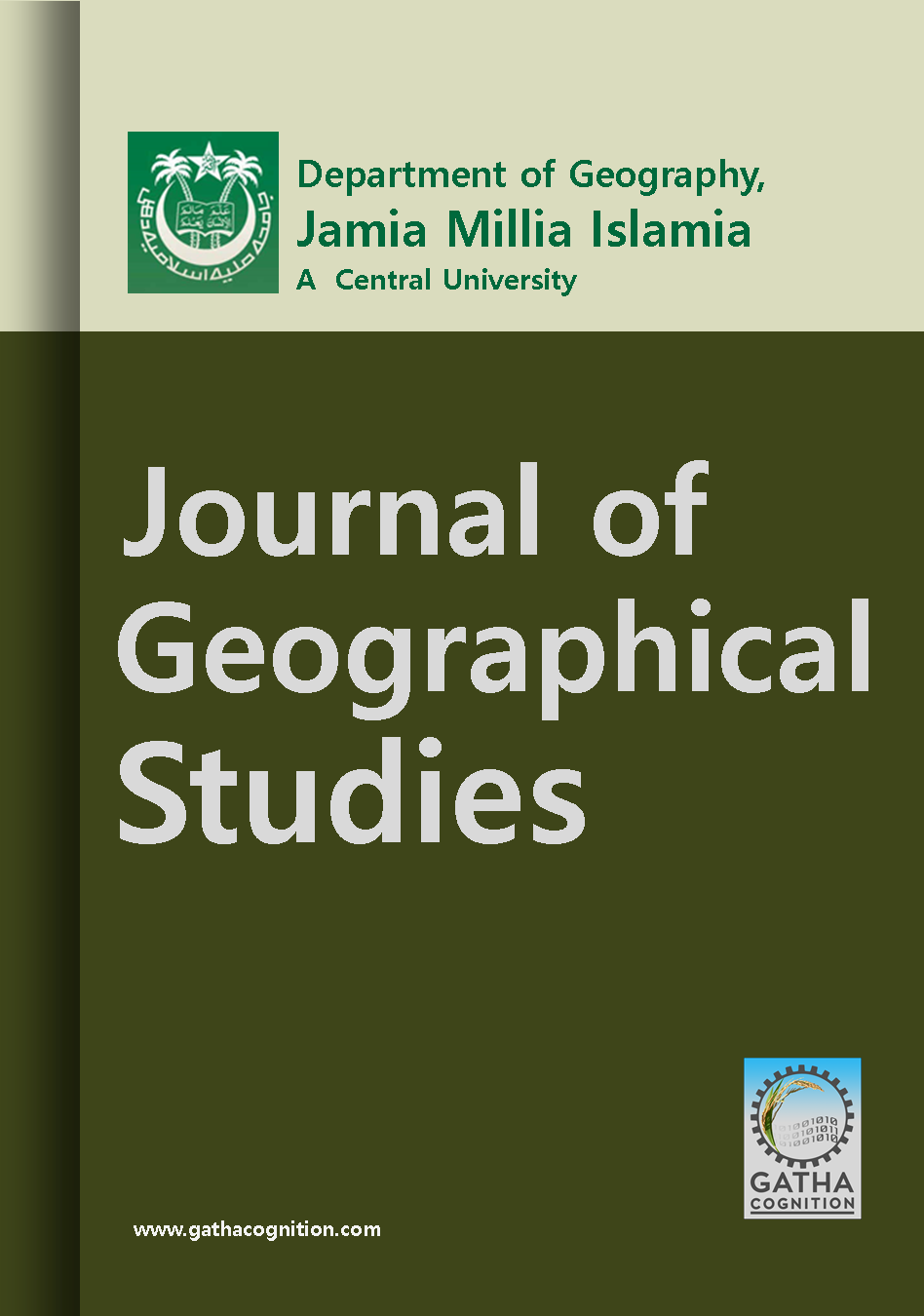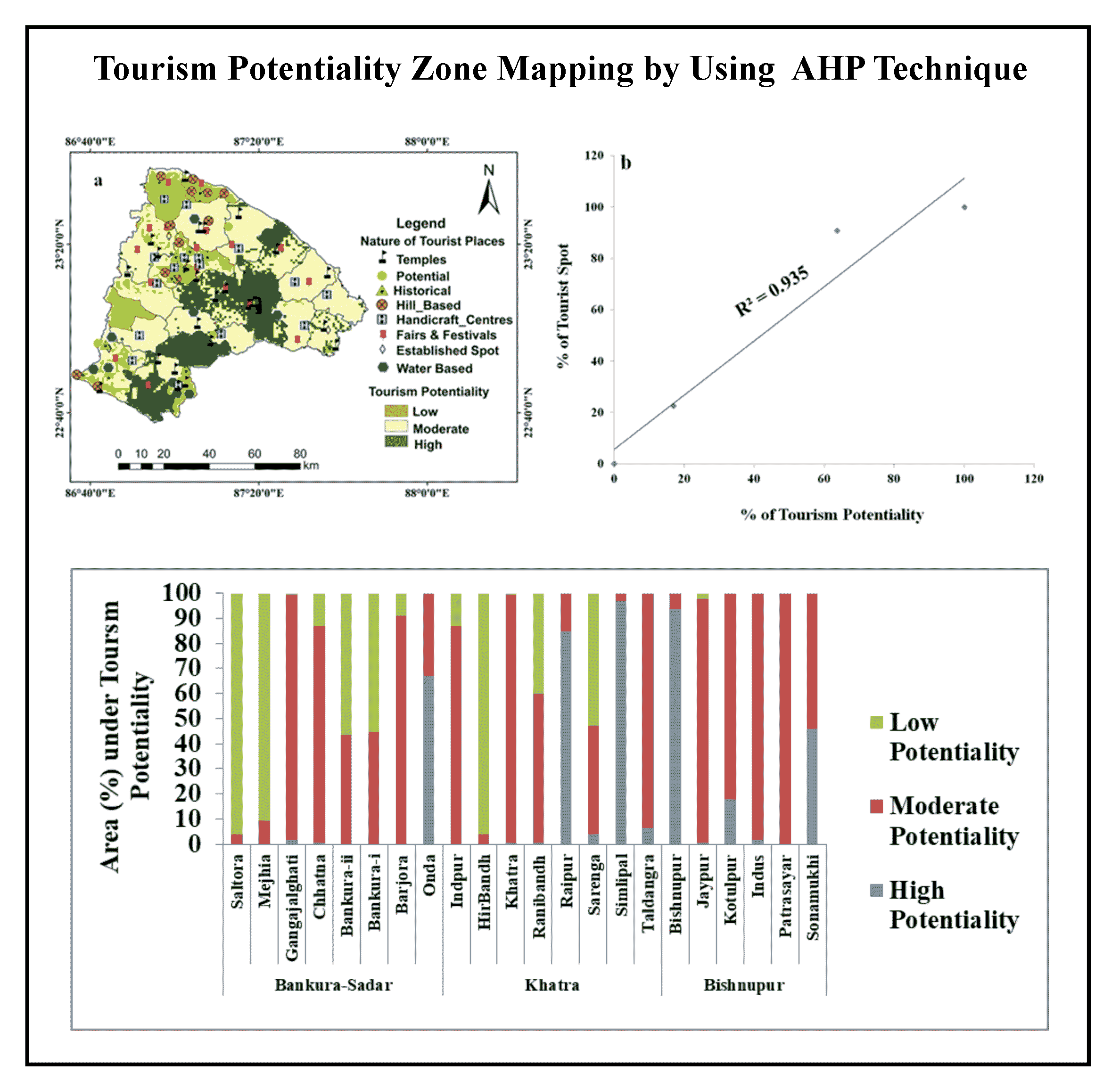Article Title :
Appraisal of Heavy Metals in Soil/Sediments with Relation to their Physicochemical Properties from Ankaleshwar Industrial Area South Gujarat 
2 (2018)
1-11
Pollution Index , Enrichment , Physico-chemical , Heavy Metals , Ankaleshwar , Chemical properties , Industrial area


Extensive industrialization in the southern part of Gujarat is characterized by regional pollution of soil and water resources. In view of this, the present study has been undertaken in Ankaleshwar, one of the biggest industrial townships of India. About, 25 surface sediment /soil samples were collected from top 10 cm representing entire study area and were analyzed for heavy metals by using X-ray fluorescence spectrometer (XRF). The heavy metals concentrations were compared with the standard shale to find out pollution index (PI), results shows the significant enrichment for arsenic, moderate enrichment for Pb and minimal enrichment for metals in descending order as Fe>Mn>Cr>Ni>Co>Zn>Cu>Mo. Physico-chemical properties such as texture, cation exchange capacity, total carbonate and organic matter, as well as the percentages of the sand, silt, and clay fractions have been examined. It is observed that heavy metals like Ni, Cu, Zn, and Mo show a positive correlation with the silt size fraction. Similarly, Mn, Cr, As, and Pb show positive correlation with clay size fraction. Chemical properties like EC, CEC and organic matter have control over majority of heavy metals. High correlation with these properties suggests that higher ionic conductivity soils have high heavy metal content. The effect of these properties can be arranged in descending order as follows: EC >OM > Clay % >Silt % > CEC.

Large-scale industrialization in the southern part of Gujarat is characterized by regional pollution of soil and water resources.
The chemical composition of soil, particularly its metal content is environmentally important. They accumulate in food stuff and ultimately influence the human health.
Analysis of soil samples is an excellent method to monitor heavy metal pollution because anthropogenic heavy metals are deposited generally on top soils.
Physico-chemical properties such as texture, cation exchange capacity, total carbonate and organic matter content, as well as the percentages of the sand, silt, and clay fractions have been examined.
Correlation analyses of the soil phsico-chemical properties with the heavy metal content gives an judgment of how this properties has helped in determining the dispersion of heavy metals in soil and leading to the environmental impact.
Bruno, K., 1995. Chemical Pollution: Gujarat’s toxic corridor. The Hindu Society of the Environment, 29(9), 163-166.
CPCB [Central Pollution Control Board], 1996. Inventorisation of hazardous waste generation in five districts (Ahmedabad,Vadodara, Bharuch, Surat, and Valsad) of Gujarat. Central Pollution Control Board (Ministry of Environment and Forests, Government of India).
Fytianos, K. and Lourantou, A. 2004. Speciation of elements in sediment samples collected at lakes Volvi and Koronia, N. Greece. Environment International, 30, 11-17.
GSI [Geological Survey of India], 2002. District Resource Map (1:50,000) Geological Survey of India, Bharuch District, Gujarat.
Hesse, P. R., 1972. Textbook of Soil Chemical Analysis, Chemical Pub., New York.
Orlov, D. S., 1992. Soil Chemistry, Oxford and IBH publ. Co, New Delhi.
Santillo, D., Stephenson, A., Labunskaia, I. and Siddorn, J., 1996. A preliminary survey of waste management practices in the chemical industrial sector in India: Consequences for environmental quality and human health. Part I. Gujarat. Greenpeace Research Laboratories Technical Note, 96/8.





